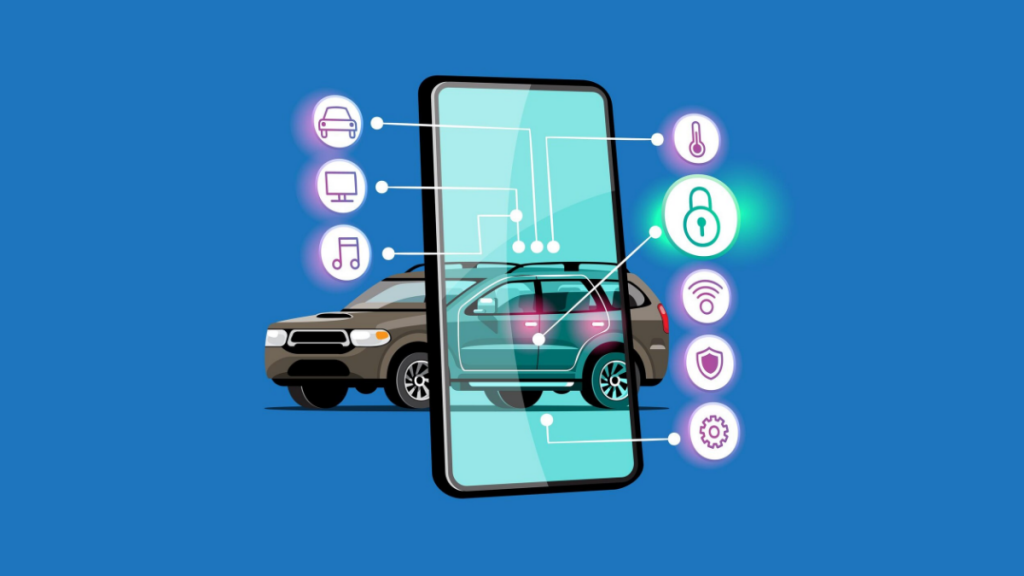The landscape of auto insurance is undergoing a revolution propelled by the integration of telematics. This article explores the current impact of telematics on auto insurance and provides a glimpse into the future of this transformative technology.
Telematics Unveiled:
Telematics, a fusion of telecommunications and informatics, involves the use of technology to monitor and collect data on various aspects of a vehicle’s performance and the behavior of its driver. In the context of auto insurance, telematics plays a pivotal role in redefining the traditional models of underwriting and assessing risk.
Current Impact on Auto Insurance:
Telematics has already begun to reshape the auto insurance landscape by introducing a more personalized and data-driven approach. Insurers can now access real-time data on driving habits, including factors such as speed, distance traveled, and even the time of day a vehicle is in use. This wealth of information allows for more accurate risk assessments, enabling insurers to tailor policies to individual drivers.
Advantages for Policyholders:
Telematics not only benefits insurers but also policyholders. Drivers who exhibit safe and responsible driving behavior can potentially enjoy lower premiums, creating a direct link between driving habits and insurance costs. This incentivizes safer driving practices and encourages a mutually beneficial relationship between insurers and insured individuals.
Future Prospects:
Looking ahead, the future of telematics in auto insurance holds even more promise. The continued evolution of connected car technology, the Internet of Things (IoT), and advancements in data analytics will likely enhance the capabilities of telematics. Predictive modeling and artificial intelligence may play a more significant role, allowing insurers to anticipate and mitigate risks proactively.
Challenges to Address:
While the potential benefits are substantial, the widespread adoption of telematics in auto insurance is not without challenges. Privacy concerns, data security, and the need for standardized industry practices are areas that require careful consideration. Striking the right balance between data collection for risk assessment and respecting policyholders’ privacy is a key challenge that insurers and regulators must navigate.
Global Trends and Adoption:
Internationally, the adoption of telematics in auto insurance varies. Some regions have embraced the technology more readily, while others are still in the early stages of integration. As more insurers recognize the value of telematics, it is likely to become a standard feature in auto insurance offerings globally.
Telematics is reshaping the auto insurance sector, bringing about a fundamental shift from traditional risk assessment models. The current impact is evident in more personalized policies and incentives for safe driving. As we look toward the future, telematics holds the potential to revolutionize how insurers and policyholders interact, with advancements in technology opening up new possibilities. While challenges persist, the trajectory of telematics in auto insurance points towards a future where precision, personalization, and data-driven insights redefine the insurance experience for all stakeholders.




